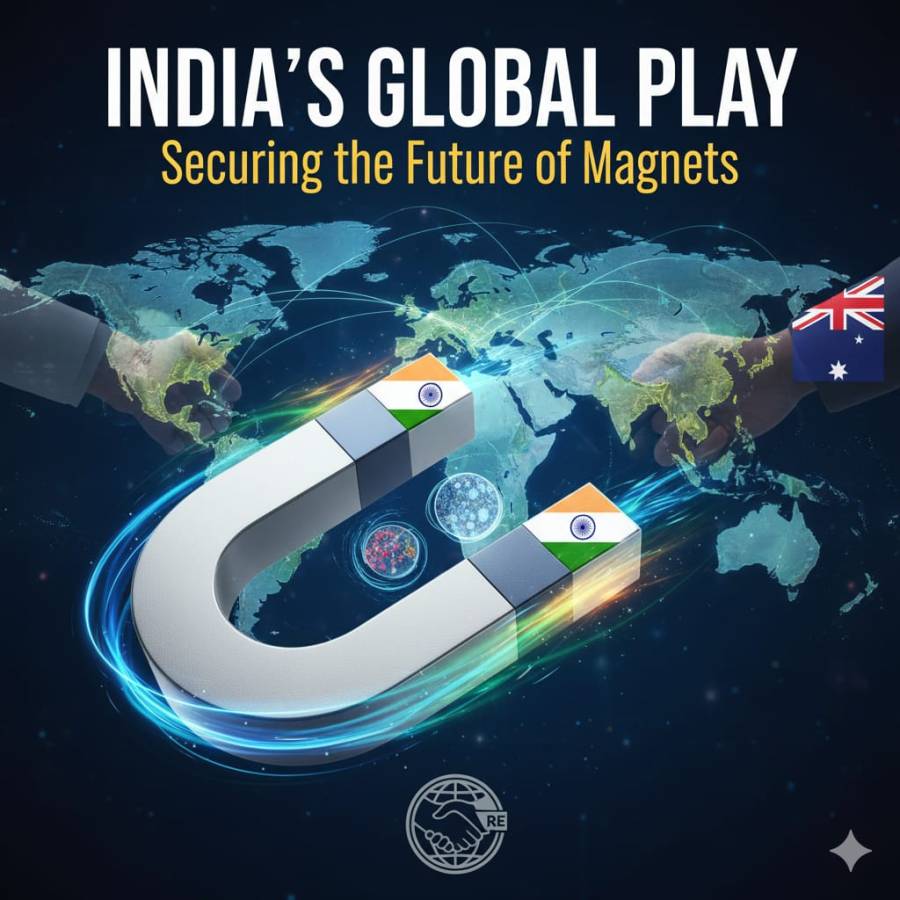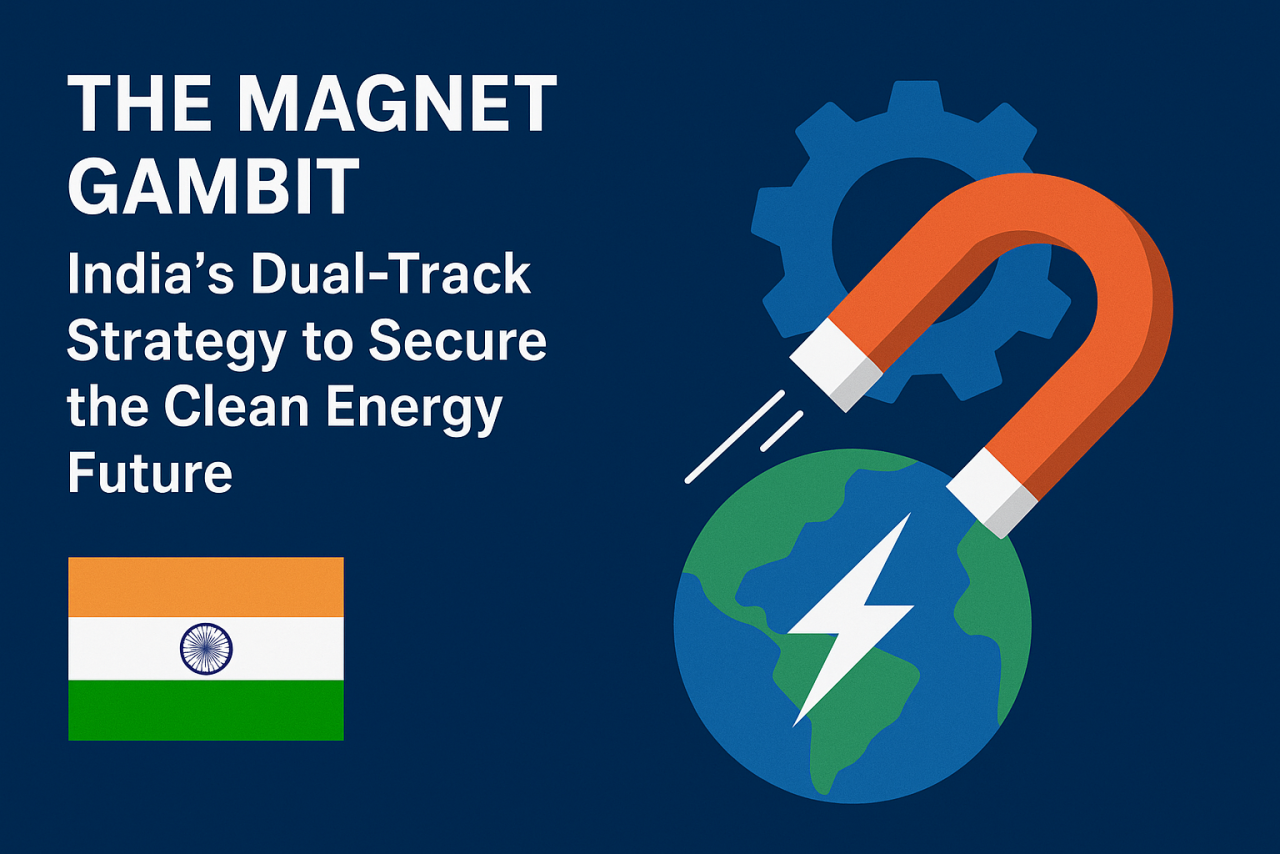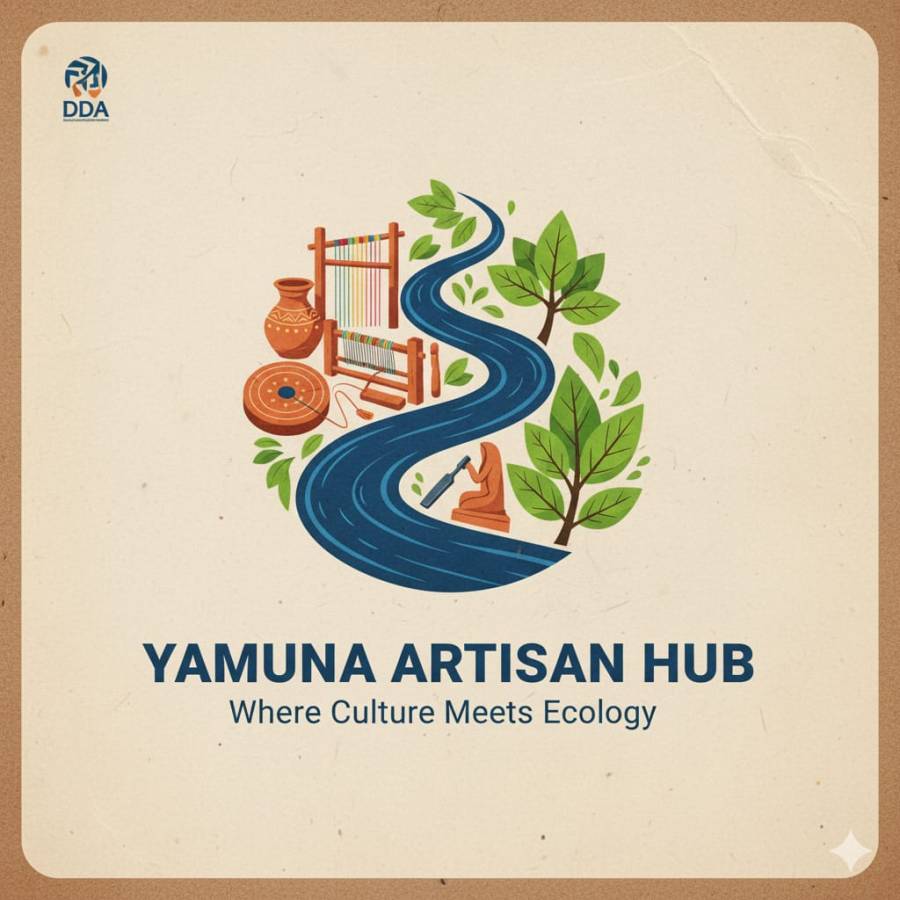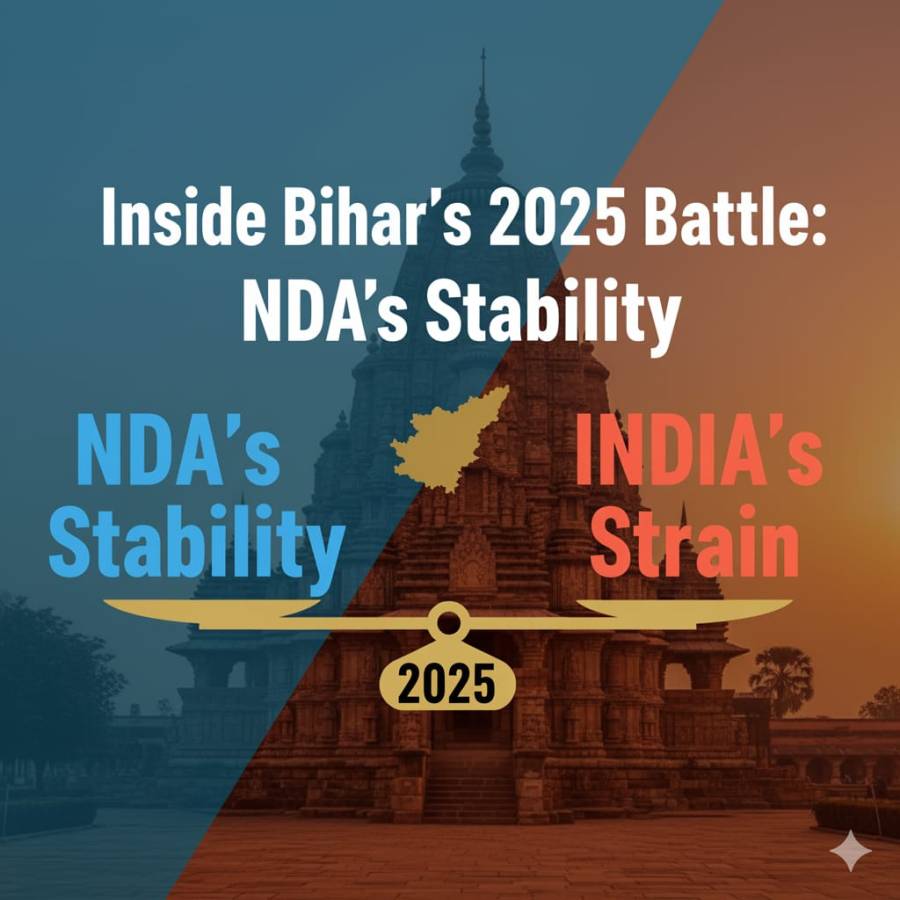
In a significant move poised to reshape the global supply chain for critical materials, India is actively courting international suppliers of rare earth oxides as it accelerates a major domestic initiative to manufacture permanent magnets. This strategic pivot is driven by an imperative to dismantle a heavy reliance on a single, dominant global player and secure essential inputs for its rapidly expanding high-tech, electric vehicle (EV), and renewable energy sectors.
The Great Global Realignment
The significance of this development cannot be overstated. Rare earth magnets are the backbone of modern technology, vital components in everything from wind turbines and electric car motors to smartphones and advanced defence systems. The global market's existing concentration of rare earth processing has created a strategic vulnerability for nations worldwide, a risk that India is now addressing head-on.
New Delhi’s plan is anchored in a substantial incentive scheme designed to foster local manufacturing of these powerful magnets. This domestic focus, however, requires a stable and diversified flow of raw materials, specifically the separated rare earth oxides, which India currently cannot produce in sufficient quantities from its own domestic resources. The country's projected annual demand for key oxides, such as those used in powerful neodymium magnets, far outstrips the current capacity of its sole producer, Indian Rare Earths Limited (IREL).
A New Corridor of Supply
The government’s proactive engagement has already yielded positive international responses. Major resource companies from Australia, the UK, and South Africa, among others, are stepping forward, eager to partner in India’s industrial ascent.
Among the key players are Australia’s Iluka Resources Ltd and Rainbow Rare Earths Ltd of the UK. Iluka, an established global player in mineral sands, has a significant heavy rare earth oxides project underway that positions it as a major diversified supplier of both light and heavy oxides. Rainbow Rare Earths is pioneering a new, more sustainable extraction method, focusing on recovering magnet rare earth elements like Neodymium and Praseodymium from phosphogypsum—a by-product of phosphoric acid production—at its projects in South Africa and Brazil.
Furthermore, Australia's Jyuka is reportedly in discussions regarding a long-term supply agreement for magnet oxides. This network of potential suppliers creates a new, diversified corridor of rare earth supply that is politically and geographically de-risked from the current concentrated sources. For these international companies, India represents a vast, growing, and strategically important end-market outside of the traditional East Asian processing hubs.
Securing the Manufacturing Future
The entry of these global resource majors is critical. It provides the necessary feedstock security to kick-start and sustain India’s domestic magnet manufacturing ecosystem. By connecting global oxide suppliers to local magnet manufacturers, India is building a resilient, end-to-end supply chain.
This robust framework is a prerequisite for the success of the upcoming incentive scheme. The financial incentives are specifically designed to attract significant capital investment into the complex manufacturing and processing stages—the very segments where China’s dominance is most pronounced. Ultimately, the successful diversification of raw material supply, combined with the government's policy support, is designed to elevate India's position from a mere consumer to a strategic hub in the global high-tech and clean energy manufacturing landscape. This economic venture is a long-term play for strategic independence in the critical technologies of the future.




















